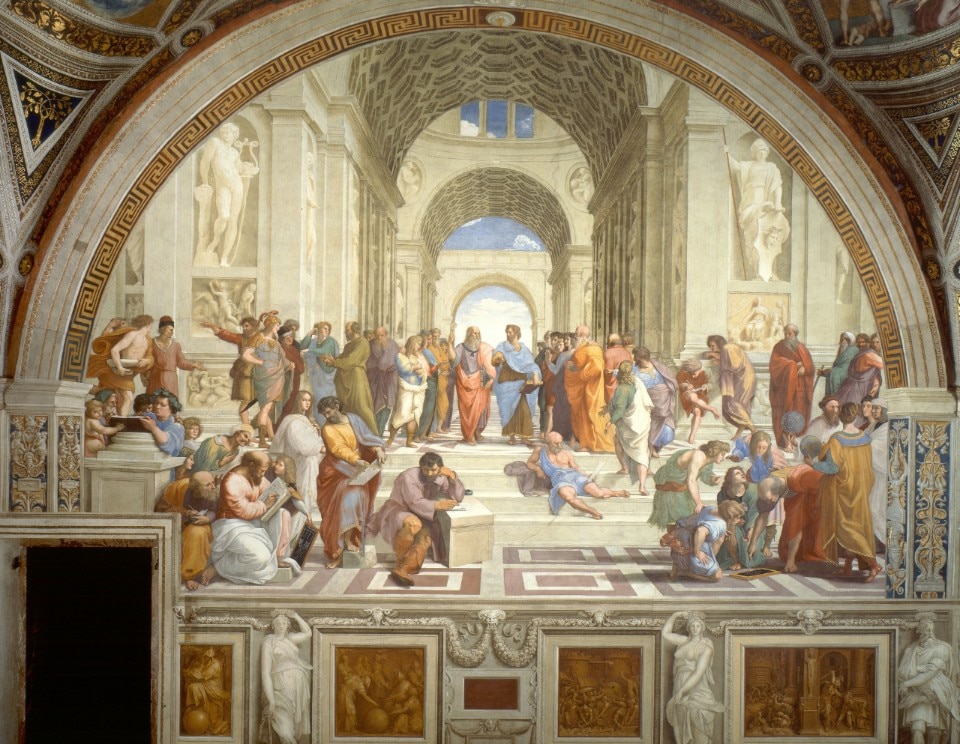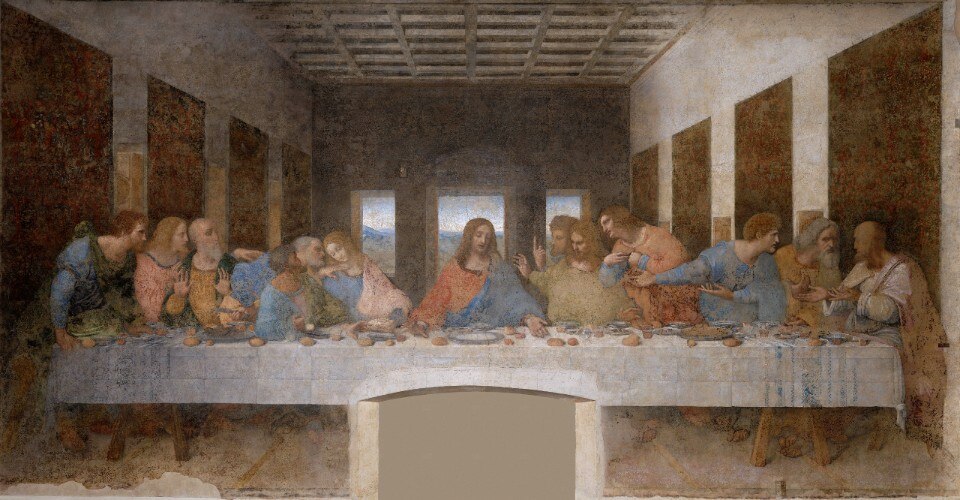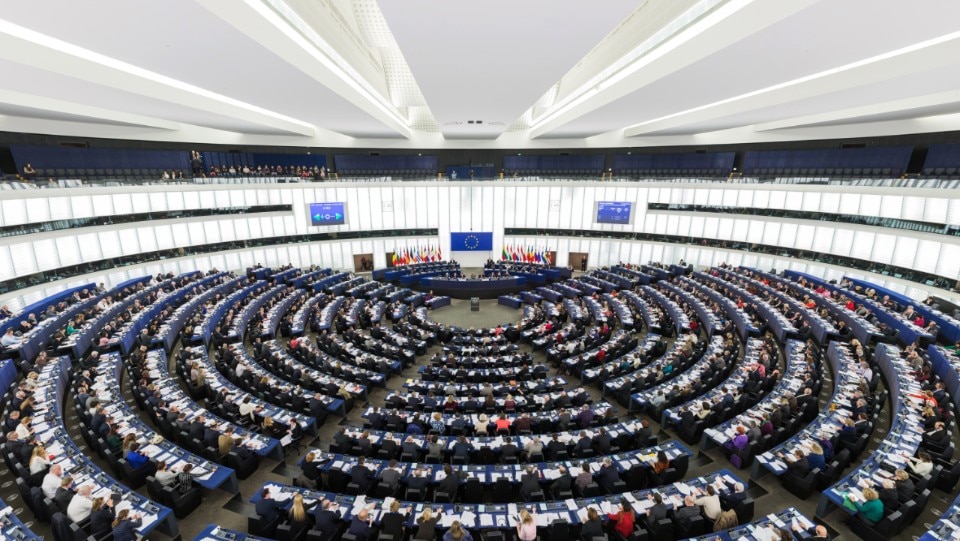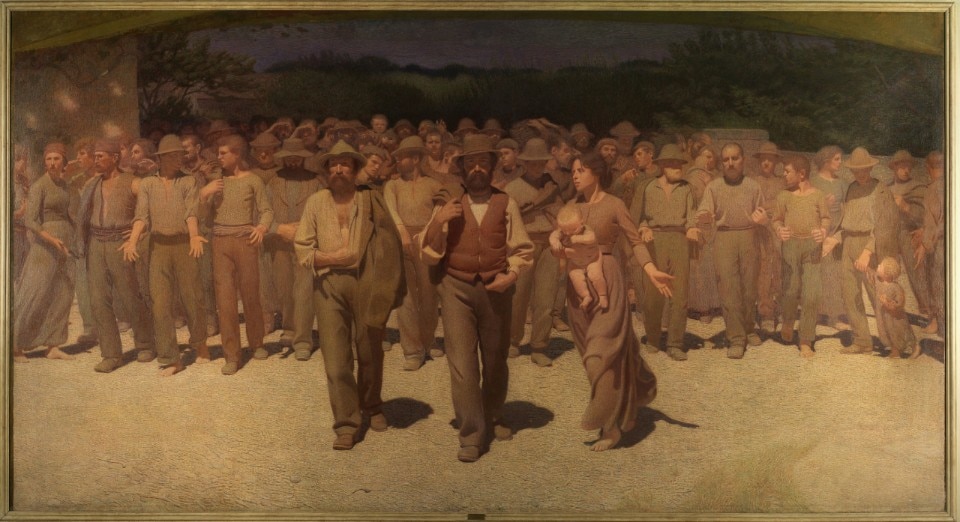The right is advancing across Europe. Political upheavals and confirmations are shaping a new composition among the benches of the EU parliament for the tenth legislature. It is certainly a new State, but which one? There is no doubt: the fourth, albeit completely different from the one that made famous one of the greatest painters of the 19th and 20th centuries: Giuseppe Pellizza da Volpedo – the town in Piedmont where he was born on July 28, 1868, and died on June 14, 1907.
Pellizza is famous to the public for his extraordinary democratic manifesto: The Fourth Estate. An unstoppable procession moves towards the future, unraveling the narrative of an Italy in turmoil between its contradictions and hopes. A visual epic, a vibrant painting that captures the very essence of a people moving towards their own independence, towards democratic power. A metaphor, mutatis mutandis, for the upheaval that the European vote has just created in Europe, with the leaders of the two most important states – Emmanuel Macron, President of France, and Olaf Scholz, Chancellor of Germany – on the verge of resigning. Something unthinkable, even just until yesterday.

Immersed in Pellizza’s crowd, we can almost perceive the silent quiver that animates the mass, only seemingly different from those in Europe today. The faces, portrayed with raw and powerful realism, tell stories of toil and struggle, broken dreams, and tenacious hope. The figures, arranged with skillful compositional balance, form a compact and unstoppable block, a human wave crashing against injustices. The expertly modulated light illuminates the faces and highlights the details, making the scene even more vivid and palpable.
Pellizza does not merely portray a protest but paints an ideal. The Fourth Estate, to which the title refers, is not just the working class, but all humanity yearning for a more just and dignified future.
As a true master, Pellizza does not dwell on grand gestures or exaggerated expressions. In the foreground, three figures stand out as standard-bearers of this silent struggle. The woman, barefoot and proud, holds a child to her chest – a symbol of the future they fight for. Beside her, a man with an upright posture, his hand on his waist in a sign of defiance, embodies the tenacity and intransigence of the protesters. A third laborer, quieter and more reflective, completes the painting, representing the diversity and richness of this working class.

Behind them, a sea of faces extends, each with their own story to tell, each with their spark of hope in their eyes. There is no room for individualism, for empty protagonism. It is the strength of the collective, the unbreakable union of these men and women, that shakes the foundations of power.
For his part, Pellizza does not merely portray a protest but paints an ideal. The Fourth Estate, to which the title refers, is not just the working class, but all humanity yearning for a more just and dignified future. It is an image that shakes consciences, invites reflection, and nourishes hope.
In Pellizza’s work, we find influences of the great Italian artistic tradition. The solemn arrangement recalls ancient Roman friezes, while the rendering of the faces, so full of expressiveness, and the scenic composition evoke the great masterpieces of the past, such as Leonardo’s The Last Supper or Raphael’s The School of Athens.

The Fourth Estate is more than a painting. It is a warning, a tribute, a prophecy. It is the image of a world awakening, of a people claiming their rights, of a future finally opening on the horizon.
A democratic and Divisionist manifesto – an artistic movement of which Pellizza was one of the leading exponents – The Fourth Estate, with its small patches of color, allows the artist to create a sort of luminous vibration that amplifies the emotional tension of the scene. A technical masterpiece that becomes a warning. A painting to admire, a story to read, a narrative that speaks of an Italy becoming a nation, amid pains and hopes, struggles and achievements. A work that reminds us that history is not made by kings and leaders, but by common men and women who, with their work, their sacrifice, and their ideas, build the future, a democratic future. A wish that is always valid, especially today.
Opening image: Giuseppe Pellizza da Volpedo, The Fourth Estate, 1901


